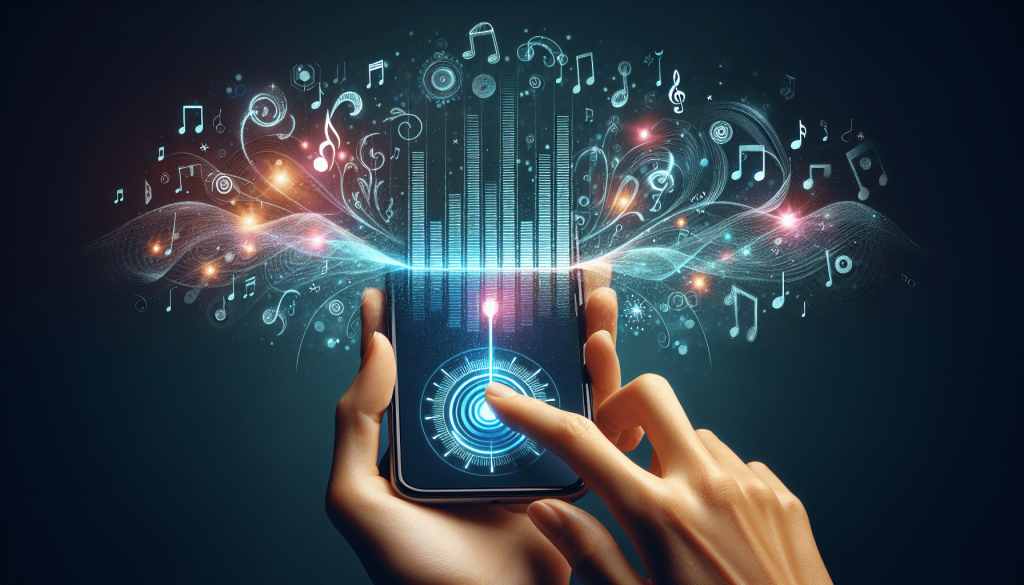Ahlian Jian Insights
Exploring the latest trends and news in various fields.
Stream or Scream: The Modern Music Dilemma
Uncover the truth in Stream or Scream: The Modern Music Dilemma. Is streaming killing creativity or the future of music? Join the debate!
Is Streaming Killing the Music Industry? Exploring the Economic Impact
The advent of streaming services has significantly transformed how we consume music, prompting a debate on whether this shift is killing the music industry. As platforms like Spotify and Apple Music dominate the landscape, many artists have reported a decline in physical sales and downloads. Yet, the proliferation of streaming has also created new opportunities for exposure and revenue through increased audience reach. According to a BBC report, global recorded music revenues rose by 8.2% in 2018, illustrating a complexity where streaming can be both beneficial and detrimental.
Moreover, the economic impact of streaming on musicians varies widely, with a large portion of earnings funneled to major record labels rather than the artists themselves. A study by Digital Music News highlights that independent artists earn significantly less per stream compared to those signed to labels, raising questions about equity and sustainability in the music ecosystem. As listeners increasingly gravitate towards subscription-based consumption, the long-term implications for the music industry and its talent pool remain uncertain. The challenges posed by streaming could reshape not just how music is distributed, but also who stands to benefit from this new paradigm.

The Rise of DIY Artists: Can They Thrive in the Streaming Era?
The emergence of DIY artists has fundamentally altered the landscape of the music industry, especially in the age of streaming. With platforms like Spotify, Apple Music, and SoundCloud, these independent musicians are finding new avenues to reach their audience without the backing of traditional labels. This self-reliance allows them to retain full control over their creative processes, from songwriting to distribution. As a result, many DIY artists are able to cultivate a dedicated fanbase and successfully monetize their music through merchandise, crowdfunding, and live performances.
However, thriving as a DIY artist in the streaming era comes with its own set of challenges. The overwhelming volume of content on streaming platforms can make it difficult for independent musicians to stand out. According to a Music Business Worldwide article, independent musicians often have to invest significant time and effort into marketing and promotion, leveraging social media, and engaging with fans to gain visibility. Despite these challenges, the rise of technology and the digital marketplace indicates that DIY artists can indeed thrive in this new paradigm, proving that talent, creativity, and perseverance can resonate strongly in the streaming era.
Stream vs. Scream: How Are Listeners’ Habits Changing the Way We Experience Music?
The debate between streaming and screaming has intensified as music consumption habits evolve. Streaming platforms like Spotify and Apple Music have revolutionized the way listeners access music, shifting the focus from owning physical albums to enjoying a virtually limitless library. This transition has not only made music more accessible but has also changed our listening behavior; where once we may have dedicated time to digest entire albums, today's listeners often curate playlists for specific moods or activities, leading to a more fragmented and on-demand experience. As reported by Billboard, this shift emphasizes a consumption style that favors immediacy and personalization over album-oriented listening.
However, the rise of streaming has also led to a phenomenon known as screaming, where listeners eagerly share and promote songs, often through social media platforms like TikTok and Instagram. This viral sharing creates a buzz around new releases, significantly influencing the charts and propelling indie artists into the mainstream. According to a study by NPR, social media engagement directly correlates with a song's success, demonstrating how listeners are not just passive consumers but active participants in the music ecosystem. The interplay between streaming and screaming highlights a dynamic evolution in music consumption, shaping the sonic landscape of today.